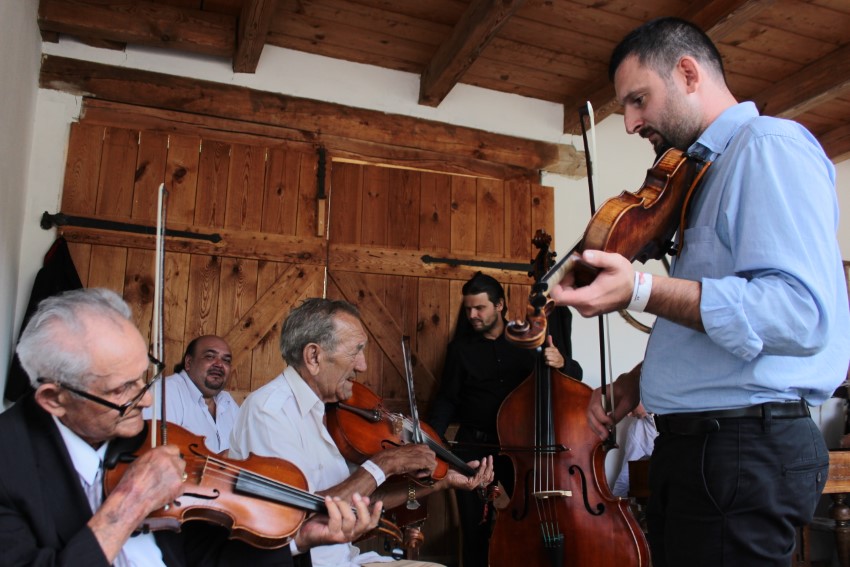
The Hungarian folk string band tradition and the breeding of Lipizzan horses have been inscribed on the UNESCO (United Nations Educational, Scientific and Cultural Organization) Intangible Cultural Heritage List at the 17th session of the global organization.
UNESCO’s Intangible Cultural Heritage List is a collection of the collective knowledge of humanity handed down from generation to generation. Hungary has submitted the Hungarian folk string band tradition as a separate nomination to UNESCO, while the Lipizzan horse breeding was jointly nominated by eight countries: Austria, Bosnia and Herzegovina, Croatia, Hungary, Italy, Romania, Slovenia, and Slovakia.

The string band is one of the defining formations of the Hungarian instrumental folk music tradition.
The Directorate of the Intangible Cultural Heritage in Hungary said that the folk string band formation had evolved over centuries on the basis of the practice of gentry string music. Peasant string bands with violin, viola, and bass were a key element of social and family occasions, dance and singing parties on weekdays and holidays.
Today, thanks to the introduction of formal training courses, hundreds of folk musicians have made the practice and conscious transmission of string music a way of life and a vocation.
On the breeding of Lipizzan horses, the institution recalled that during the Austro-Hungarian Empire, the breed of horse bred for imperial court duties was kept in the imperial stud farm in the village of Lipica, in what is now Slovenia.

Hungary played an important role in the preservation of the Lipizzan breed, as during the Napoleonic Wars the endangered stud was moved to Mezőhegyes, Hungary, from where Lipizzan horse breeding spread to the countries of the former monarchy.
Today, Austria, Bosnia and Herzegovina, Croatia, Hungary, Italy, Romania, Slovenia, and Slovakia have stud farms that breed Lipizzan horses.
The Hungarian Minister of Agriculture stressed that “we can be proud of the Lipizzan breed,” which, as one of the oldest cultivated horse breeds in the world, with its captivating appearance, intelligence, willingness to work, performance, and this time also with the recognition of UNESCO, has justified its place in the equestrian life of the 21st century.
Among the heritage elements currently on the UNESCO Representative List of Intangible Cultural Heritage in Hungary, are Busó-walking in Mohács, which marks the end of the Carnival season, Matyó embroidery, falconry, and the tradition of blue painting. In the register of good conservation practices, the Hungarian folk dance-hall method and the Kodály method represent model conservation programs.
Featured photos via Facebook/István Nagy; website of Intangible Cultural Heritage in Hungary